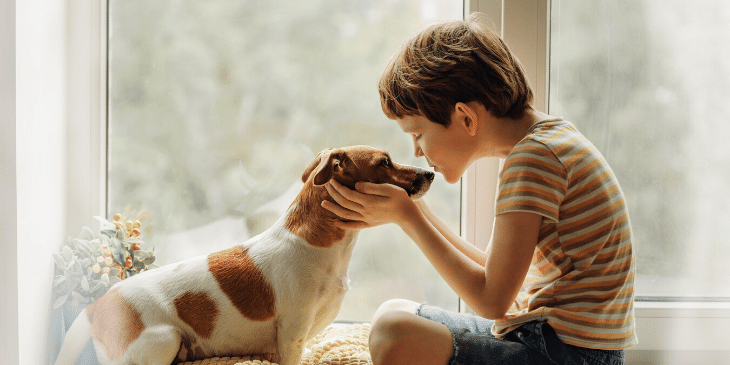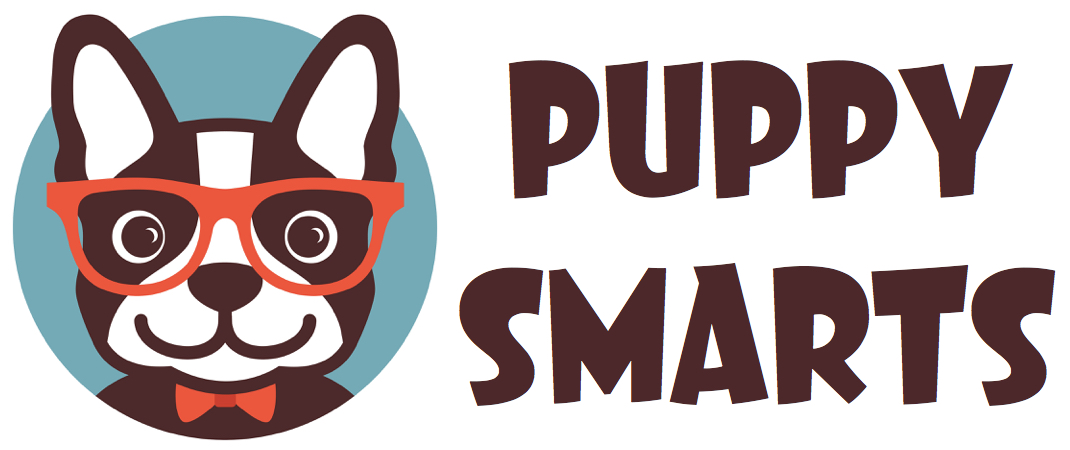My Dog Snapped at My Child! What Should I Do?

Contents
Have you ever experienced that uh-oh moment where your sweet doggie suddenly doesn’t seem so friendly? Maybe there was some growling when you came up behind him as he was at his food bowl. Or, maybe your dog snapped at you because you startled him or pulled too hard with the hairbrush.
Or, maybe your dog snapped at your young child who was petting him or playing a little too rough. When a dog growls, snaps, or shows aggression toward a small child, it’s a whole different level of scary! Kids and dogs can be a match made in heaven, as long as they get along. But when they don’t, the child’s safety is of the utmost importance.
So, what do you do when your dog snaps at a child or anyone else for that matter?
Managing the Aggressive Dog is Your First Step
While dog aggression can often be modified through proper human and dog training in many cases, it does take time and dedication. Dog bites can be very serious, so dog owners must take proper steps to manage an aggressive dog until they are 100% sure he can be trusted around small children and other family members. Use baby gates or a crate to keep the dog and child separated when they aren’t being supervised, and follow the advice below to correct your dog’s behavior. If your dog has bitten or attacked someone, use a muzzle when he must be around other people and work with a professional to get his bad behavior under control.
What Does Growling and Snapping Really Mean?
One of the first things to realize when your dog snaps or growls at your child or someone else is that these normal dog behaviors are how a behaviorally healthy dog communicates. They are part of his natural vocabulary. He’s trying to tell you that he’s fearful, anxious, in pain, or simply doesn’t like what’s being done to him.
It doesn’t automatically signal that your dog is a bad dog, an aggressive dog, or that he can never be trusted around children. However, it does mean that some training and management is required, not just for the dog, but also for the people who are handling him.
Small children are often rough without realizing it, so it’s up to parents to teach children how to interact properly with the dog. Parents should also learn how to read the dog’s body language so they know when the dog has had enough and needs a break. In some cases, you may also need the help of an animal behaviorist or dog trainer to correct established aggressive behaviors.
Know When It’s Time to Separate Your Dog and Your Child
First things first. If your dog has growled or snapped at your child, they should never be left alone together unsupervised. In fact, even the sweetest dog may bite or snap if injured, so small children and pets should always be supervised anyway, at least until the child is old enough to know that it’s not ok to pull the dog’s hair, poke at his face, or injure or annoy him in other ways.
A behaviorally healthy dog will display warning signs and specific body language to communicate that they’ve had enough long before growling or snapping. Parents need to learn what to watch for so that the dog and child can be separated before the dog becomes aggressive.
Most behaviorally healthy dogs will try to walk away from a situation they don’t like, so that’s your first sign. He might also glance at the child in a way that shows he’s not into whatever the child is doing. If he gets very stiff or still, that’s a clear indicator of anxiety.
It’s usually after all of these signs are ignored that the dog resorts to growling or snapping, and eventually biting if he’s pushed too far. Separating the dog and child before it gets to that point is key. If the dog is continuously pushed until he growls, snaps, or bites, that will soon become his go-to behavior and things will only escalate from there until his bad behavior becomes truly dangerous.
How Dog Owners Should Respond to Growling or Snapping
So, you’ve missed the early warning signs and your dog growled or snapped at your child. Now what? The biggest mistake you can make is to respond with confrontation. Remember, for most behaviorally healthy dogs, aggression comes from stress after he’s displayed many warning signs to back off.
So, if you scold him or punish him for growling, snarling, or snapping, you’re essentially punishing him for warning you that he’s had enough. You don’t want to do that! Instead, the best way to react is to remove your child from the situation and then give yourself and your dog a moment to calm down.
Think about what could have caused the behavior. Was there something going on that could have stressed the dog out? Was he eating when the child got too close? Was the child being rough? Is the dog stressed from a recent trip to the vet or some other traumatic event? An older dog with arthritis or joint pain might be fearful of being hurt, especially if the child is being rough.
Could the dog be in pain from something like an ear infection or another illness? The best thing you can do right now is to figure out what caused the aggression and keep the dog and child separated until things are resolved. Depending on the situation, the dog may just need his own space to go to when he eats or needs a break. It may also require educating the child about how to interact with the dog correctly. Keep in mind that positive reinforcement is usually more effective with dogs and children than scolding and punishment.
If you suspect that the dog is in pain or not feeling well, keep the dog and child separated until he’s feeling better. If you’re not sure what’s causing your dog’s bad behavior, or you can’t resolve it on your own, consulting with a professional trainer is the best course of action. A dog trainer or animal behaviorist will use behavior modification and desensitization techniques to correct bad behavior.
What to do if Your Dog Bites or Becomes Dangerously Aggressive
Obviously, if your dog outright bites or attacks your child, you should do whatever you have to do to get the situation under control. If it gets to this stage, your dog absolutely should not be trusted around children until you seek professional help from a dog behavior consultant. In extreme cases, you may need to rehome the dog if he’s a danger to your child and his bad behavior can’t be corrected.
Final Thoughts
Behavior problems like growling and snapping can often be corrected, especially if you act quickly before the bad behavior escalates into nips, bites, or more serious aggression. However, in cases where a dog bites or attacks a child, rehoming may be necessary to keep the child safe. As a dog owner, the best thing you can do is keep the dog and child closely supervised or separated until you’re 100% sure the child knows how to interact with the dog and the dog is at ease around the child.
